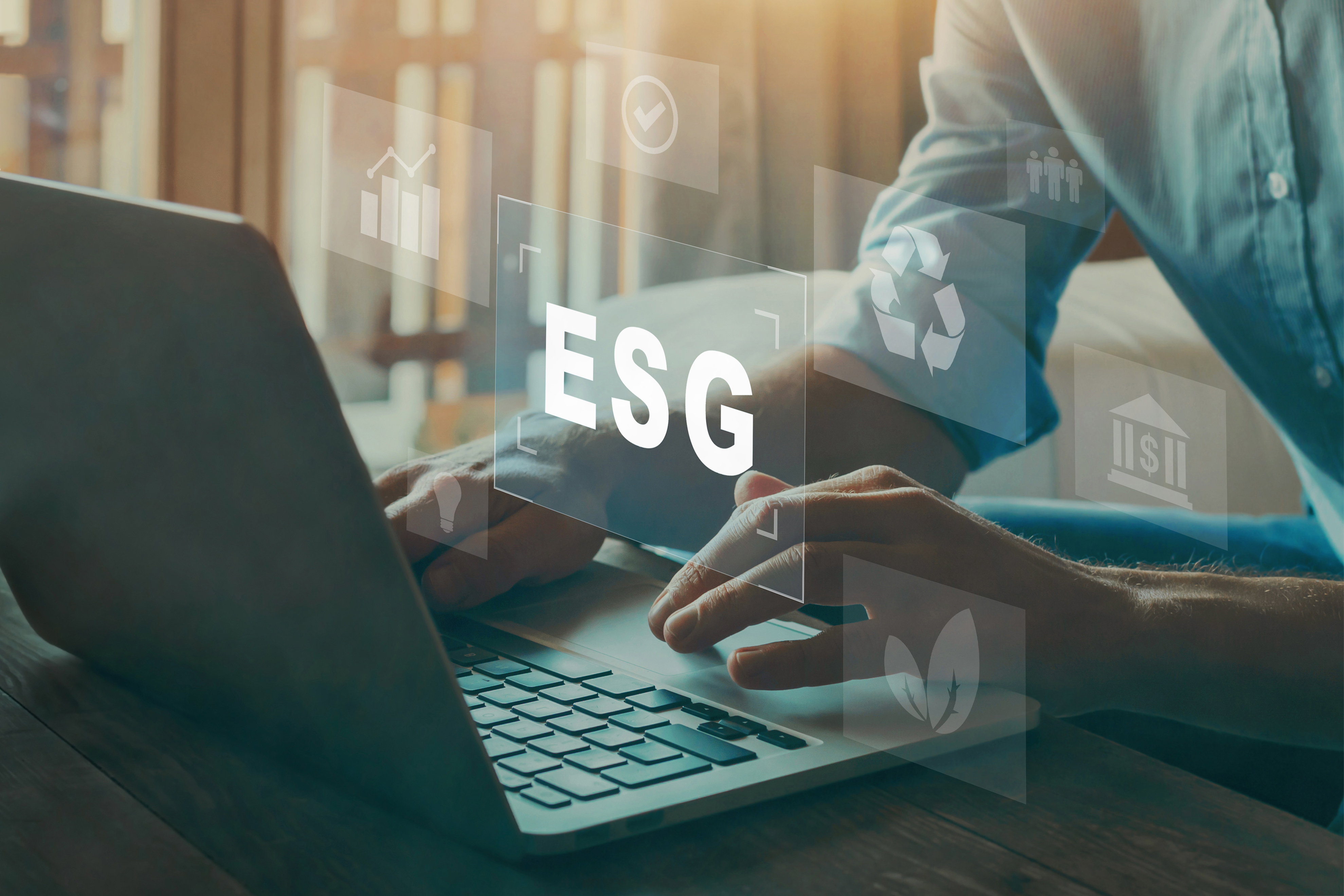Key Takeaways from 'How ESG Storytelling Impacts Your Brand' Webinar

Recently, I had a conversation with Leslie Scott, Managing Director, Global Response and Corporate Communications at United Airlines and Kim Sundy, Senior Director, Sustainability at Kellanova, about how the environmental, social and governance (ESG) conversation has evolved, challenges and successes in their ESG storytelling, and what trends we should expect to see in 2024.
The webinar is now available to watch on demand. If you are short on time, I’ve provided three main takeaways for PR and comms professionals to help incorporate insightful sustainability messaging strategies in future campaigns.
Avoid Greenwashing and Diversity Washing
If you take a casual approach to sustainability endeavors, and if they are merely secondary considerations in what your company goes to market with, both consumers and investors will see through this. Brands need to make tangible, measurable commitments to be taken seriously and avoid backlash. Greenwashing your brand messaging is a potentially long-term risk not worth the short-term reward.
“One of the ways that I think we have been most successful with ESG storytelling over the last couple of years is by making those core parts of our business,” Leslie said. “It is not a nice thing we do because we are trying to save the world. It is a thing that we are doing because it is going to make our business more successful.”
It’s also important to continue to periodically re-evaluate your ESG strategy to ensure you’re accomplishing what you set out to do. It’s noble to set sustainability or diversity goals, but if there are challenges with meeting them, it’s important to pivot and try another approach.
“Are the things that we were doing as Kellogg Company for the last 117 years, are those the right things to continue doing?” Kim mused. “And if so, what does good look like? And so, our approach to well-being, to hunger relief, to sustainability, and of course [equity, diversity and inclusion] E, D and I really remain foundational elements to our company. And they've really helped us to, I think, continue that emotional connection that we have with consumers, and we don't take it lightly being in everyone's pantry or home.”
Communicate Your Strategies Clearly
ESG began as an investing term, and as a result, the language used to describe various ESG initiatives can often be overly technical. Kim and Leslie both stressed the importance of using clear and plain language to describe their organizations’ various ESG efforts to make their message resonate better with their audiences. "We need to make sure that we are communicating, operating, and articulating the work that we do in the way that people digest that information,” Kim remarked.
“It's a big education campaign. The things that we can do right now in terms of sustainability that customers can look and feel and touch are tangible changes like getting rid of single-use plastics,” Leslie said. Those are great because our customers can see them with their own eyes, but that's just nowhere near the whole story of what we need to do.”
How Does 2024 look?
Be consistent and realistic in your messaging, and don’t let trends like the rise of AI or potential distractions like the November election this year muddle your brand’s sustainability messaging. Communicate at a consistent cadence, and only stick to subjects that are relevant and important to your brand.
“Sustainability and DEI are strategic core business objectives of United Airlines,” Leslie underscored. “And that doesn't change because it's an election year. … That doesn't change because of an overly politicized environment.”
Kim declared, “Partnership, I think, is one of the trends that you're going to start to see more pronounced in communications and definitely in strategies that people are implementing.”
The Takeaway
While the term ‘ESG’ is clearly being used less in both PR and marketing due to the politicization of the term over the past couple of years, the importance of sustainability and corporate social responsibility (CSR) activities remains critical to long-term success for every company. No matter who your target audience is – consumers, analysts, investors, journalists or internal employees, it’s clear there is an appetite for the substance behind brands’ ESG efforts. Communicating your organization’s sustainability and CSR initiatives is an important step for strengthening brand loyalty among your audience.
For the full conversation, you can watch the webinar here. If you would like to learn more about how PR Newswire can help you elevate your sustainability story, talk to an expert today.
About the Author
 Glenn Frates is Regional Vice President at PR Newswire. Glenn’s 20+ years experience in content distribution and best practices, global marketing strategies and large-scale operations management has provided him a broad perspective on what does and doesn’t work well in the Marketing/PR arena.
Glenn Frates is Regional Vice President at PR Newswire. Glenn’s 20+ years experience in content distribution and best practices, global marketing strategies and large-scale operations management has provided him a broad perspective on what does and doesn’t work well in the Marketing/PR arena.